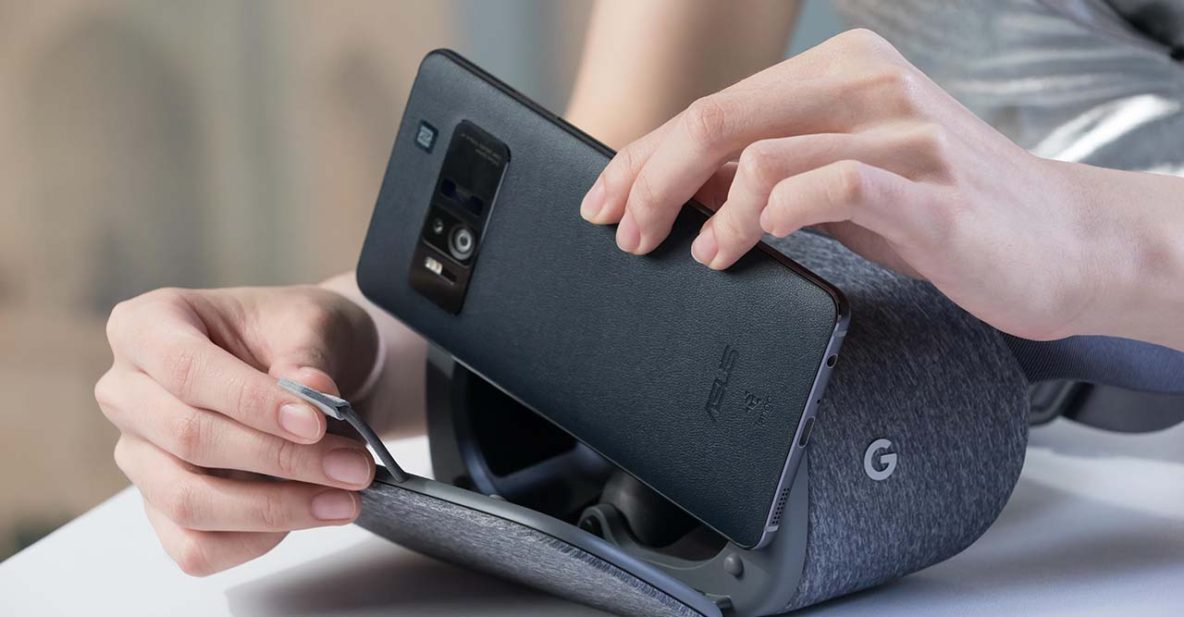Though its pricing hasn’t been made available just yet, the version with 6GB RAM will retail for less. Still, anything above P40,000 or $802 sounds like too much expense for a smartphone featuring 2016 silicon, regardless if it’s top-quality stuff from Qualcomm. And yet there are still some who would happily argue against spending too much on a phone — any phone.
If you haven’t heard already, the ASUS ZenFone AR (click for complete specs) uses a Snapdragon 821 chip that should be optimized for Tango, as opposed to the newer, faster, and more power-efficient Snapdragon 835, which is found in the bowels of flagships like the Samsung Galaxy S8 for the North American audience, the Sony Xperia XZ Premium, the Xiaomi Mi 6, and the upcoming OnePlus 5.
The latter two will cost significantly less than the AR when they begin their march into international markets (roughly $370 for the Mi 6 and between $450 to $500 for the OnePlus 5).
Meet the ASUS ZenFone AR
Then again, neither have three — three! — cameras planted on their rear, or are built for Daydream VR content. There’s a 23-megapixel camera, with optical and electronic image stabilization, for stills and video. There are also two extra cameras for motion tracking and depth perception in AR mode, where virtual objects can be overlaid onto the real world in real time.
As for the rest of the specs, you’re looking at a 5.7-inch 2K AMOLED display; up to 256GB of expandable storage; an 8-megapixel camera for selfies; a 3,300mAh battery that supports fast charging using a Type-C connection; and Android 7.0 Nougat on top of ASUS’ own overlay.
Recall that eyebrows were raised when the price of the ASUS ZenFone 3 Deluxe was announced in the Philippines, where it was priced at P34,995, or the equivalent of $700. That phone didn’t exactly fly off the shelves. Can better specs and AR and VR capabilities make a difference for an ASUS flagship this time around, despite a price tag that can top P40,000? We’ll find out eventually. For now, we can wait for the ASUS ZenFone AR to arrive in later weeks.
Image via Stuff Taiwan
Share this Post



